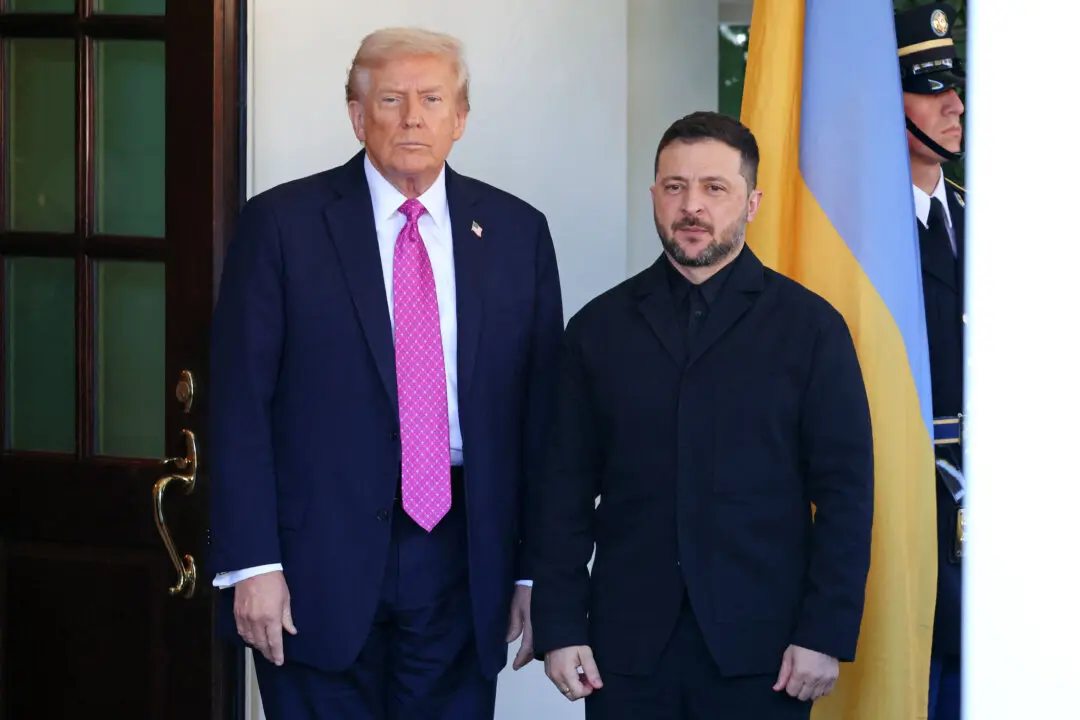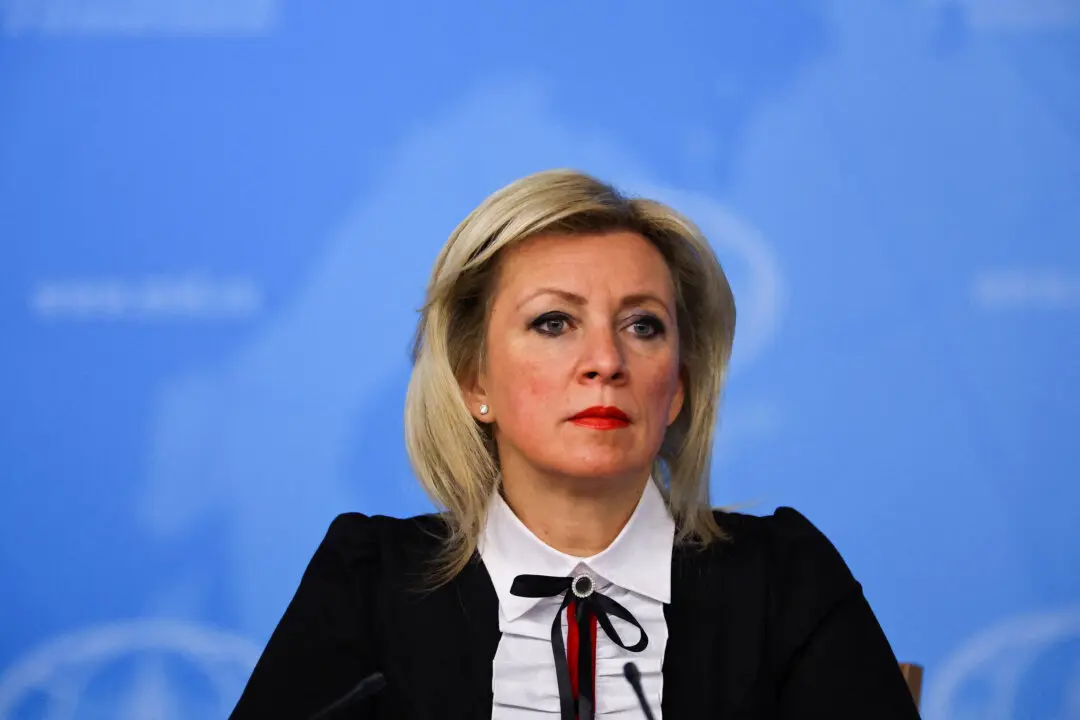U.S. unit labor costs rose sharply in the third quarter, while productivity declined at its fastest pace since 1960, adding to signs of persistently high inflation.
The Labor Department said on Dec. 7 that unit labor costs, the price of labor per single unit of output, increased at a 9.6 percent annualized rate in the third quarter after rising at a 5.9 percent pace in the April–June quarter.





